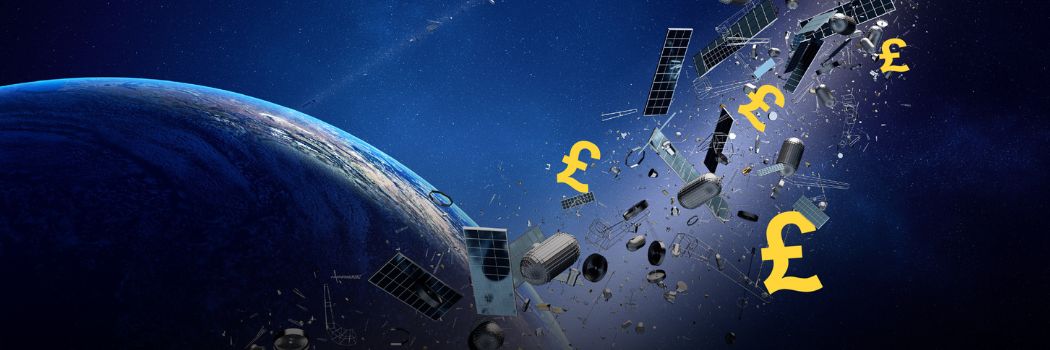Enabling circular economy in space

By Professor Atanu Chaudhuri, January 2025
.png)
There are more than 28,000 routinely tracked objects orbiting Earth. The vast majority (~75%) are space debris that no longer serve a purpose. This debris is dominated by fragments from 560 known explosions and collisions of satellites or rocket bodies. These events have left behind an estimated 900,000 objects larger than 1cm and a staggering estimated 130 million objects larger than 1mm in commercially and scientifically valuable Earth orbits.
Currently, there are almost 14,000 ‘payloads’ in orbit, of which more than 9,900 are active – over 5,000 of which are Starlink satellites. The current practice for satellite operators is to deorbit from low Earth orbits or send the satellites to graveyard orbits (> 36,000km out) at the end of their operational life. There are roughly 330 satellites in graveyard orbits. Little is known of the polluting effects of deorbiting large numbers of ‘dead’ satellites and what can be done to recover or reuse the materials from these satellites remaining in orbit.
While space debris pose a risk for sustainable space exploration, there is limited understanding of the economic potential of extracting and using these materials for in-space manufacturing and in-orbit servicing purposes, as well as for construction purposes on the Moon and for manufacturing back on Earth. The world also faces a shortage of critical minerals for space exploration and other essential products. The current practice of abandoning or deorbiting is wasteful and potentially polluting.
I, along with Professor Lenos Trigeorgis, Dr Zsófia Tóth, and Dr Beril S. Turnbull will work with Ralph ‘Dinz’ Dinsley at 3S Northumbria Ltd and other colleagues at our Space Research Centre on this exciting path-finding project. The project is funded as part of the Business School’s Smart & Scale initiative.
The objective of this project is to determine the optimal circularity-related options for the reuse of space debris, considering the value of the parts and materials, potential usage and cost of processing. Additionally, the project aims to develop and explore business models for facilitating circular economy in space.
As part of this project, I attended the Ignite Space Conference held at Leeds in June 2024 to showcase our capabilities in space research and how the SMEs can engage with the University.

/prod01/channel_3/business/media/durham-university-business-school/impact/Home-Header-or-Footer-(12).png)